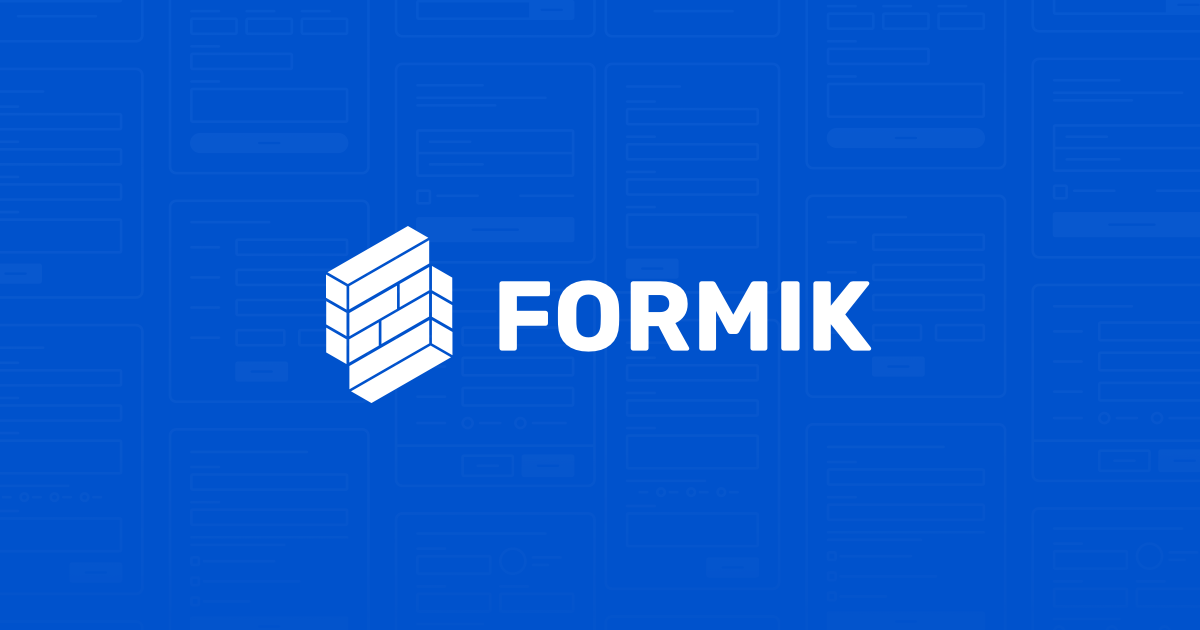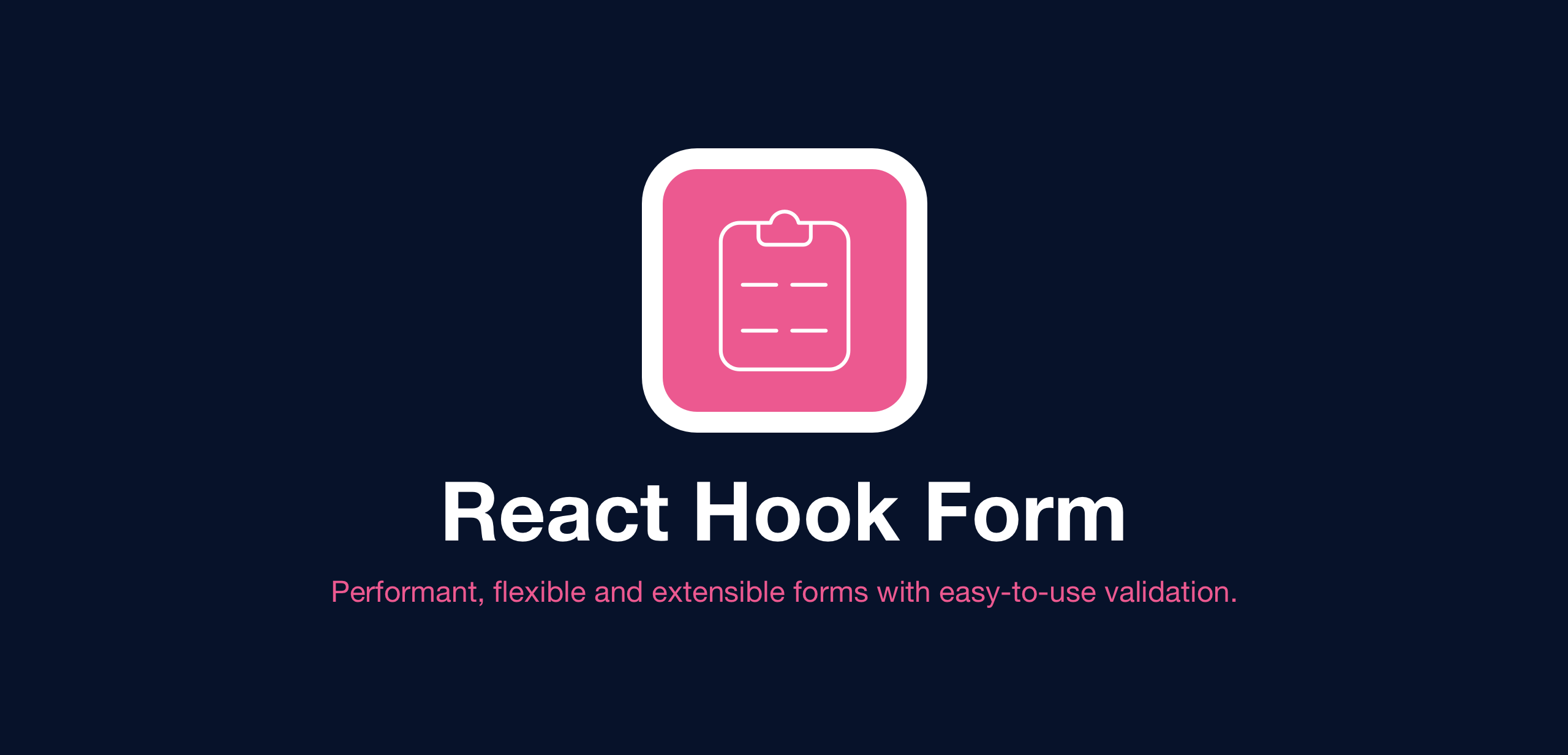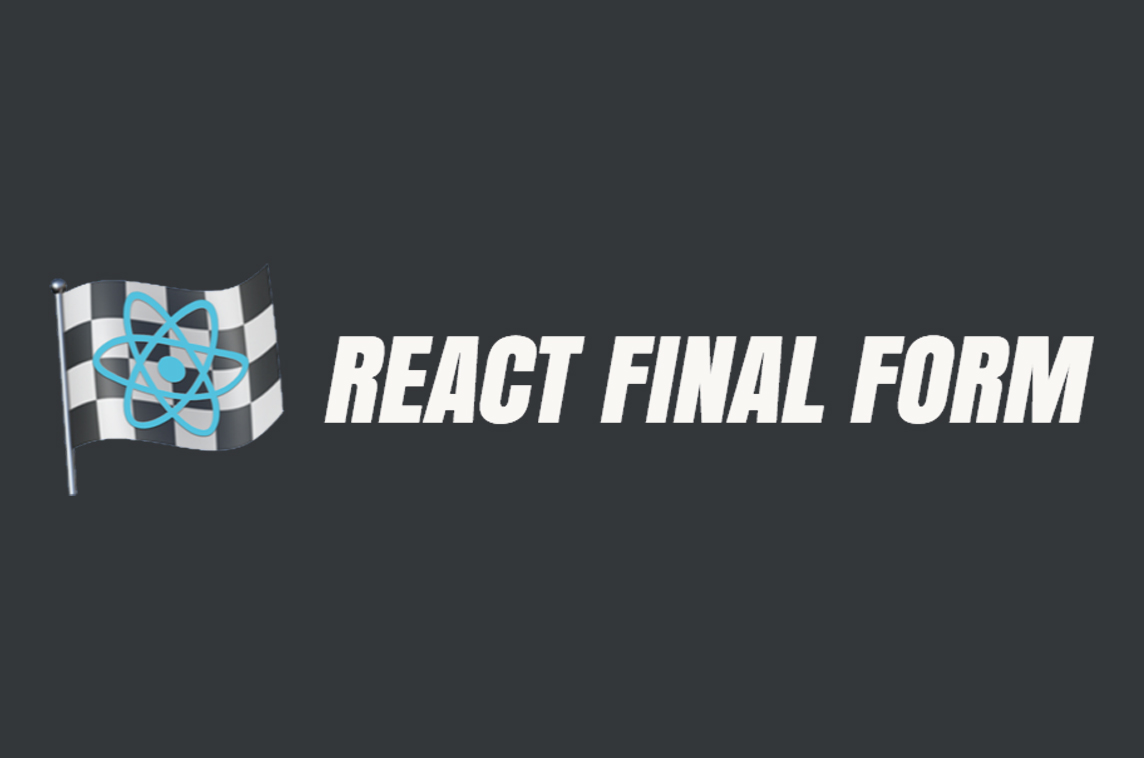Three Best React Form Libraries
Understanding essential React form libraries is vital for developers, including React Hook Form, Formik, and React Final Form.
Join the DZone community and get the full member experience.
Join For FreeHow can we simplify work as our React project's forms become increasingly intricate? Creating and handling forms in React can be challenging and time-consuming. Fortunately, third-party libraries can help. Many exceptional form libraries are available that can simplify the process and make React form development more efficient and enjoyable.
The primary question then becomes which form of library is the best. In this blog post, we'll discuss three of the top React form libraries that every React developer should know.
Formik
Formik is a widely used and highly popular form library for React applications. It simplifies form management by providing developers with a set of tools and utilities that help handle form state, validation, and submission seamlessly.

Formik's Key Features:
- Declarative Approach: Developers can use Formik to create forms using a declarative syntax that minimizes the need for boilerplate code and simplifies the form structure, making it more concise.
- Form State Management: This tool helps keep track of changes made to form elements and simplifies handling different interactions with the form.
- Validation: Developers can easily define validation rules and error messages for form fields using the built-in validation capabilities offered by Formik.
- Form Submission: Formik makes it easier to submit forms by handling asynchronous tasks like API requests during submission.
- Integration with Third-Party Libraries: Formik effortlessly incorporates well-known libraries such as Yup for schema-based validation and various UI libraries like Material-UI.
If you're looking for a reliable way to create intricate and ever-changing forms in your React applications, Formik is worth considering. Its robust community support and development team are constantly working to improve it.
Formik Usage:
Here's a basic overview of how to use Formik:
- Installation: To begin, you can install Formik and its peer dependency, Yup (which is used for form validation), by using either
npmoryarn:
npm install formik yup
# or
yarn add formik yup- Import and Setup: Import the required components from Formik and Yup, and set up your form using the
Formikcomponent:
import React from 'react';
import { Formik, Form, Field, ErrorMessage } from 'formik';
import * as Yup from 'yup';
const initialValues = {
name: '',
email: '',
};
const validationSchema = Yup.object({
name: Yup.string().required('Name is required'),
email: Yup.string().email('Invalid email address').required('Email is required'),
});
const onSubmit = (values) => {
console.log(values);
};
const MyForm = () => (
<Formik
initialValues={initialValues}
validationSchema={validationSchema}
onSubmit={onSubmit}
>
<Form>
<div>
<label htmlFor="name">Name</label>
<Field type="text" id="name" name="name" />
<ErrorMessage name="name" component="div" />
</div>
<div>
<label htmlFor="email">Email</label>
<Field type="email" id="email" name="email" />
<ErrorMessage name="email" component="div" />
</div>
<button type="submit">Submit</button>
</Form>
</Formik>
);
export default MyForm;- Field and ErrorMessage: The
Fieldcomponent is used for inputting information, while theErrorMessagecomponent displays any validation errors related to the data entered in the field. - Form Submission: Formik takes care of the form state, validation, and submission when the form is submitted. If the validation is successful, the
onSubmitfunction defined in theFormikcomponent will be triggered, passing the form values. - Accessing Formik State: To access Formik's state and helpers within your form components, you can use either the
useFormikhook or thewithFormikhigher-order component.
Formik offers various features, including handling form reset, asynchronous submissions, dynamic form fields, etc. The above example covers the fundamental aspects, but you can explore the Formik Documentation to discover advanced usage and customization options.
React Hook Form
React Hook Form is a form library that is highly effective and utilizes React's hooks to manage form state and behavior. It prioritizes performance and aims to minimize the number of re-renders, ensuring the best possible user experience.

React Hook Form Key Features:
- Minimal Re-renders: React Hook Form is optimized to reduce unnecessary re-renders through advanced techniques such as updates to controlled and uncontrolled components.
- Custom Hooks: Developers are encouraged to use custom hooks for managing form state. This approach allows for modularisation and reuse of form logic in different application parts.
- Validation: React Hook Form is a versatile and adaptable tool for validating forms. It offers built-in and custom validation methods, allowing flexibility in handling different validation scenarios.
- Async Validation: One of its features is the ability to perform asynchronous validation, which simplifies the process of validating data against remote APIs or conducting intricate validation checks.
- Performance: The React Hook Form is ideal for high-performance applications as it minimizes the frequency.
React Hook Form Usage:
Here's how you can use React Hook Form in your project:
- Installation: To begin, install the library by using either
npmoryarn:
npm install react-hook-form
# or
yarn add react-hook-form- Primary Usage: To begin, import the necessary functions from the library and then create a form component.
import { useForm, Controller } from 'react-hook-form';
function MyForm() {
const { control, handleSubmit, formState } = useForm();
const onSubmit = (data) => {
console.log(data);
};
return (
<form onSubmit={handleSubmit(onSubmit)}>
<label>Name</label>
<Controller
name="name"
control={control}
defaultValue=""
render={({ field }) => <input {...field} /> }
/>
<button type="submit">Submit</button>
</form>
);
}- Field Validation: React Hook Form has built-in validation support that utilizes schema-based validation libraries such as
yupor can use inline validation functions.
import { useForm, Controller } from 'react-hook-form';
import * as yup from 'yup';
const schema = yup.object().shape({
name: yup.string().required('Name is required'),
});
function MyForm() {
const { control, handleSubmit, formState } = useForm({
resolver: yupResolver(schema),
});
// ...
return (
<form onSubmit={handleSubmit(onSubmit)}>
<label>Name</label>
<Controller
name="name"
control={control}
defaultValue=""
render={({ field, fieldState }) => (
<div>
<input {...field} />
{fieldState.error && <p>{fieldState.error.message}</p>}
</div>
)}
/>
{/* ... */}
</form>
);
}- Advanced Usage: Explore the advanced features of React Hook Form, such as dynamic fields, custom inputs, and array fields, by referring to the official documentation available on React Hook Form Documentation.
- Accessing Form State: To access the form state and errors, utilize the
formStateobject provided by theuseFormhook.
const { handleSubmit, formState: { errors, isSubmitting } } = useForm();- Performance Optimization: React Hook Form is designed to improve performance by minimizing re-renders and unnecessary updates. It is achieved through uncontrolled components and internal handling of the form state. As a result, there is less need for controlled component re-renders.
It is essential to refer to the official documentation and examples to ensure that you have the most current information and are using the best practices when implementing React Hook Form in your projects.
React Final Form
React Final Form is a widely-used form library that effectively manages forms in React applications. It offers a solid and adaptable approach to managing form state, validation, and submission. React Final Form is user-friendly and efficient and provides advanced features for complicated scenarios.

React Final Form Key Features:
- Declarative API: React Final Form adopts a declarative approach for defining the structure and behavior of forms. Using React components, you can easily describe the form fields and validation rules, simplifying comprehension and upkeep.
- Form State Management: The 'Final Form State' object manages the form state within the library. This state encompasses the values of the form fields, validation status, and fields that have been interacted with.
- Validation: With React Final Form, you can use synchronous and asynchronous validation to ensure your forms are error-free. Define your validation rules for each field; any errors will be automatically displayed in the user interface.
- Field-Level Control: You can precisely control every form field, from accessing individual field values to checking for validation errors and other properties.
- Submission: Managing form submissions is a simple process. You need to create a submission function that will receive the input values and can be activated by clicking a button or other similar events.
- Form Rendering: With React Final Form, you can select how you want to present your form components. You are not restricted in appearance, thus enabling you to design unique and personalized form layouts.
- Performance Optimization: The library is optimized for performance, reducing unnecessary re-renders and updates to enhance the application's speed.
- Third-Party Components: You can effortlessly incorporate React Final Form with third-party libraries and components, which enables you to utilize well-known UI frameworks such as Material-UI or Ant Design for your form inputs.
- Extensibility: The library has a highly flexible plugin system, allowing you to customize and extend its functionality according to your unique requirements.
When beginning with React Final Form, you must install it as a dependency in your project and import the required components. Afterward, use JSX syntax to define your form and utilize the provided props and methods to manage form interactions.
React Final Form Usage:
Here's an essential guide on React Final Form:
- Installation: Begin by installing the necessary packages:
npm install react-final-form final-form- Creating a Form Component: To create a new form component using React Final Form, you can follow this simple example:
import React from 'react';
import { Form, Field } from 'react-final-form';
const MyForm = () => {
const onSubmit = (values) => {
console.log('Form values:', values);
};
const validate = (values) => {
const errors = {};
if (!values.firstName) {
errors.firstName = 'Required';
}
if (!values.lastName) {
errors.lastName = 'Required';
}
return errors;
};
return (
<Form
onSubmit={onSubmit}
validate={validate}
render={({ handleSubmit }) => (
<form onSubmit={handleSubmit}>
<div>
<label>First Name</label>
<Field name="firstName" component="input" type="text" />
</div>
<div>
<label>Last Name</label>
<Field name="lastName" component="input" type="text" />
</div>
<button type="submit">Submit</button>
</form>
)}
/>
);
};
export default MyForm;In this example, we're using the Form component to wrap our form and the Field component to define individual form fields.
- Field Components: The
Fieldcomponent defines form fields. It has various built-in components (input,textarea,select, etc.), or you can create custom components. You can also access the form state and validation information using themetaprop. - Validation: React Final Form allows you to define validation functions to validate form values. The
validateprop of theFormcomponent accepts a validation function that returns an object with validation errors. - Submission: When using the
Formcomponent, theonSubmitprop should include a function to execute upon submitting the form. This function can handle form submissions, make API calls, or perform other necessary actions. - Initial Values: You can set initial values for the form using the
initialValuesprop of theFormcomponent. - Form State: React Final Form provides a
FormSpycomponent that allows you to subscribe to and access the form's state, which can be helpful for more advanced scenarios. - Decorators: You can enhance the functionality of your form using decorators, which are higher-order components that can modify the behavior of your form.
- Field-Level Validation: You can define field-level validation by passing a validation function as a prop to the
Fieldcomponent. - Submitting and Resetting: You can control form submission and reset by using the
submitandresetfunctions provided by theFormcomponent.
Here is a simple guide on using React Final Form. This library offers numerous features and customization choices to manage intricate application forms. Refer to the official React Final Form Documentation for more comprehensive information and examples.
Conclusion
When building forms in React applications, libraries like Formik, React Hook Form, and React Final Form can significantly simplify the process. Each library has its features and advantages, which can cater to various project requirements and development preferences.
When you add these libraries to your React projects, you can simplify form creation, improve user experiences, and dedicate more time to developing inventive features instead of struggling with complicated form setups.
Thank you for taking the time to read this article. I hope that you have found it to be helpful. Best of luck with your coding endeavors!
Opinions expressed by DZone contributors are their own.

Comments